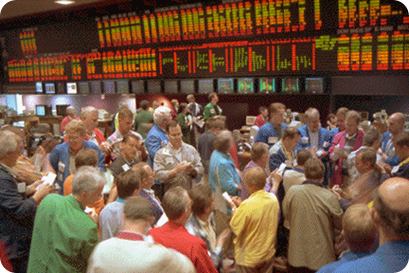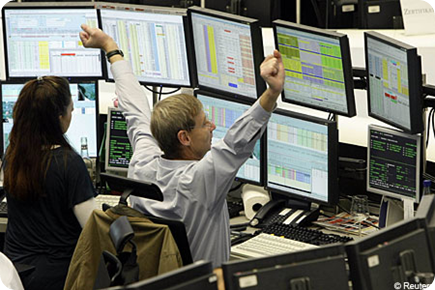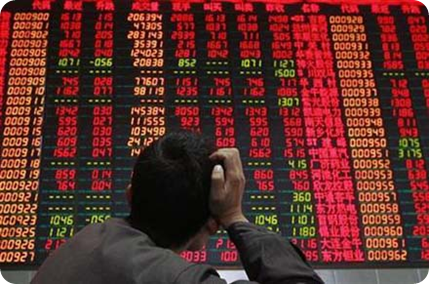Get Accurate Share Market Tips on Your Mobile Now for Amazing Profits - Call now at 09829714440
The process of buying and selling stock in one day is called day trading. Day traders look for profit by leveraging money to gain from the small price movements in the stocks or indices. Two properties of a stock are checked in day trading:
1. Liquidity: for entry and exit at a favored price.
2. Volatility: a price range measure.
 For successful day trading it is advisory to apply practical and as well as mental rules. It requires knowledge, experience and dedication to provide fruitful results. Market reading and analysis is very essential to make a profit in day trading. Market sentiments drive the stock movements, so if you want to gain from day trading then go with the flow. Move to the direction the market is going. Usage of tools which indicates stocks for day trading purpose is very effective. If the stock price is increases then you can buy and sell and short selling is used when the stock price is decreasing.
For successful day trading it is advisory to apply practical and as well as mental rules. It requires knowledge, experience and dedication to provide fruitful results. Market reading and analysis is very essential to make a profit in day trading. Market sentiments drive the stock movements, so if you want to gain from day trading then go with the flow. Move to the direction the market is going. Usage of tools which indicates stocks for day trading purpose is very effective. If the stock price is increases then you can buy and sell and short selling is used when the stock price is decreasing.
One of the mantras of day trading is doing specific and selected trades. It is recommended that one should choose a share and then notice its activity in the market. When you get a fair idea of its behavior, then you may start day trading of those shares. Never be greedy and fearful in day trading. Set your personal targets of profiting from the day trading. One way of doing this is buying the shares at lower prices and keeping it till the prices are high enough to generate a profit. Over trading is never a good option. The general play is, invest half the money and keep half the money as backup in case the market fluctuates.
Get Accurate Share Market Tips on Your Mobile Now for Amazing Profits - Call now at 09829714440
The traders generally have two ways to raise capital for the purchase of the shares:
1. Margin account: the money is borrowed from the brokerage firms using the margin account. Using this account a trader can borrow up-to half of the purchase price of a stock. But there is a risk, when the value in the account falls below limit, then the broker can sell the securities until the maintenance margin is attained.
2. Short selling: in this, the trader borrows a security and then sells it hoping that their rates will become cheaper in the future and then he will buy the shares later on.
It is followed that there is always an entry and exit strategy for day trading.
1. Entry strategies: after checking on the stocks which are to be brought, next is to identify the possible entry points. It could either be done by experience or there are tools to perform this task like:
2. Intraday candlestick charts: candlestick patterns, trend-lines, triangles etc.
3. ECN
4. News
5. Develop the price target: scalping, fading, daily pivots or momentum.
6. Stop loss: this is an order placed to a broker from a trader to sell a security when it reaches a certain price. It is used to put a limit to the trader’s loss.
The bottom line is once you get an intake of how the day trading is done, the doubt is mitigated and if the above said steps are undertaken, one can greatly improve his chances n the share market.
Get Accurate Share Market Tips on Your Mobile Now for Amazing Profits - Call now at 09829714440








Recent Comments